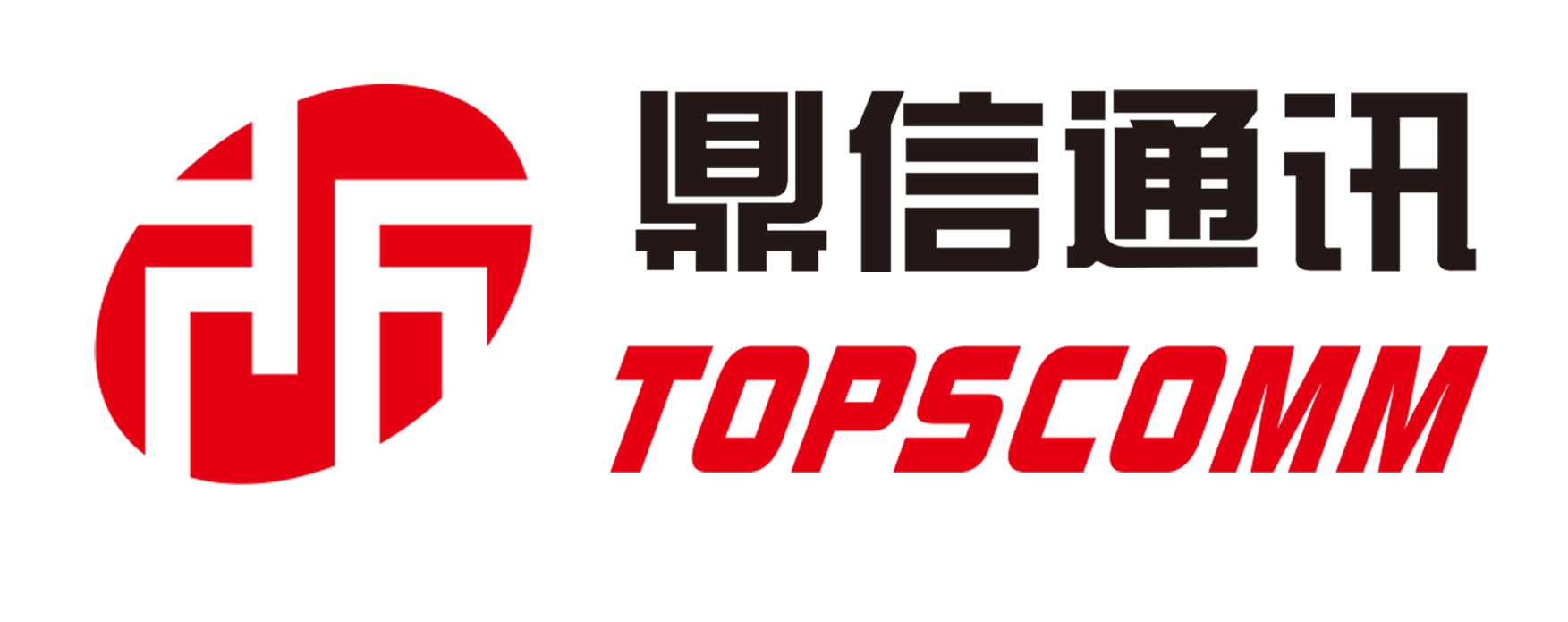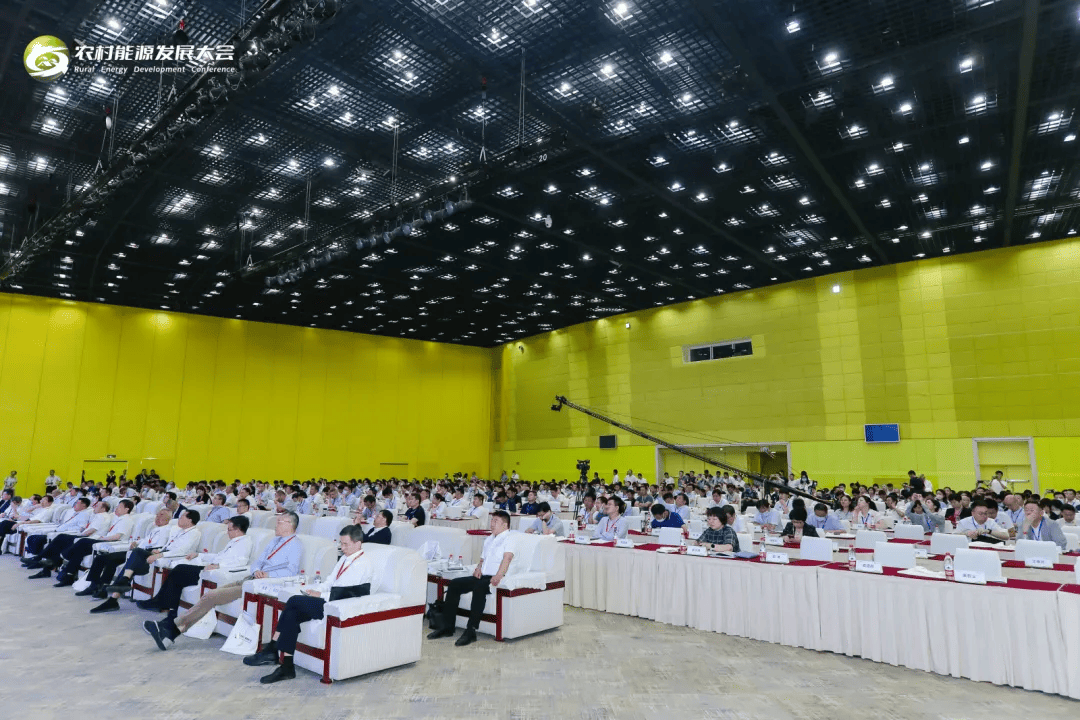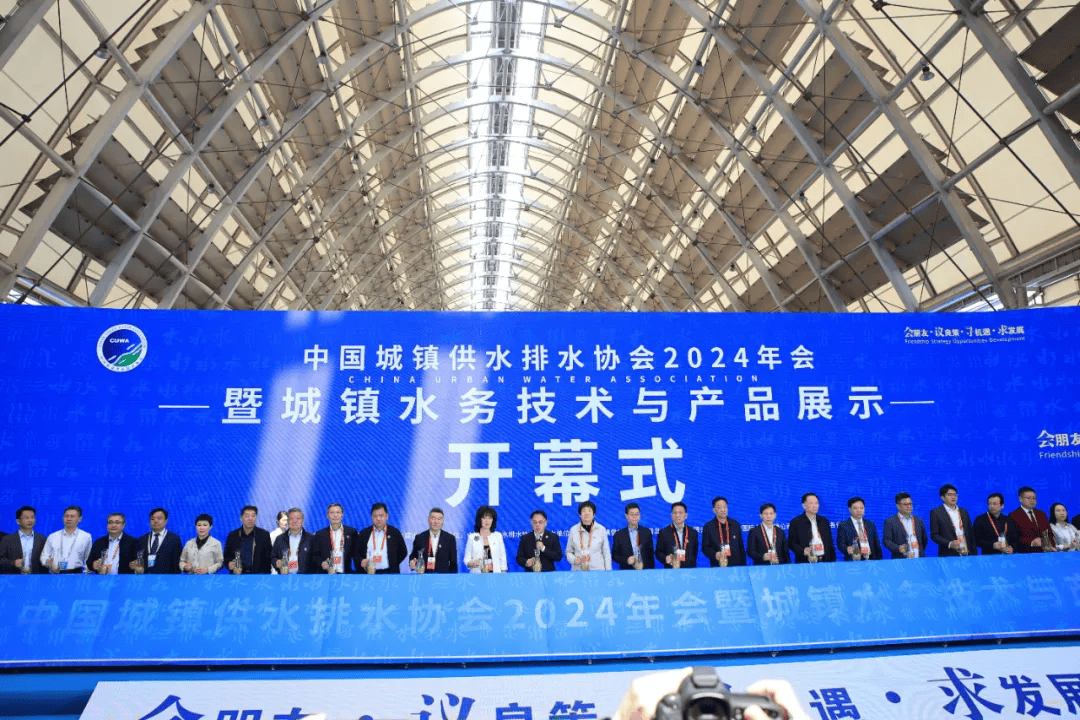Understanding the Crucial Role of Photovoltaic Inverters in Modern Solar Energy Systems
The solar energy revolution has transformed how we think about power generation, and at the heart of this transformation lies the photovoltaic inverter. This essential component serves as the brain of any solar power system, converting direct current (DC) electricity generated by solar panels into alternating current (AC) electricity that powers our homes and businesses. As solar technology continues to evolve, the sophistication and capabilities of photovoltaic inverters have advanced significantly, offering unprecedented efficiency and control over solar power systems.
Modern photovoltaic inverters do much more than simple power conversion. They represent a crucial intersection of power electronics and smart technology, enabling system owners to monitor performance, optimize energy production, and ensure the safety and longevity of their solar investment. Understanding these benefits is essential for anyone considering solar power adoption or looking to maximize the return on their existing solar installation.

Enhanced Energy Efficiency and Power Optimization
Maximum Power Point Tracking Technology
One of the most significant advantages of modern photovoltaic inverters is their ability to implement Maximum Power Point Tracking (MPPT). This sophisticated technology constantly monitors and adjusts the electrical operating point of the solar array to extract the maximum possible power under varying environmental conditions. When sunlight intensity changes or shadows fall across panels, the photovoltaic inverter automatically optimizes the system's performance to maintain optimal power output.
Advanced MPPT algorithms in current inverter models can increase energy harvest by up to 30% compared to systems without this technology. This remarkable improvement in efficiency translates directly to increased energy production and faster return on investment for system owners.
Reduced Power Losses and Improved Conversion Rates
Modern photovoltaic inverters achieve impressive conversion efficiency rates, often exceeding 98%. This high efficiency means that nearly all the DC power generated by solar panels is successfully converted to usable AC power. Advanced semiconductor technologies and improved circuit designs have significantly reduced power losses during the conversion process, making today's inverters more efficient than ever before.
The reduction in power losses also means less heat generation during operation, which contributes to longer component life and more reliable system performance. This improved efficiency directly impacts the bottom line by maximizing the power output from every solar panel in the system.
Smart Monitoring and Diagnostic Capabilities
Real-Time Performance Analysis
Today's photovoltaic inverters come equipped with sophisticated monitoring systems that provide real-time insights into system performance. System owners can track power generation, identify potential issues, and optimize their energy usage patterns through user-friendly interfaces accessible via smartphones or computers. This level of monitoring ensures that any performance issues can be quickly identified and addressed before they impact system output significantly.
The data collected by these monitoring systems also helps in making informed decisions about system maintenance and potential upgrades. Historical performance data can be analyzed to predict future output and plan for seasonal variations in solar production.
Advanced Diagnostic Features
Modern photovoltaic inverters include comprehensive self-diagnostic capabilities that can detect and report system anomalies before they become serious problems. These features help maintain optimal system performance and prevent potential equipment damage. The inverter can identify issues such as ground faults, arc faults, and other electrical abnormalities, ensuring the safety and reliability of the entire solar installation.
When problems are detected, many inverters can automatically implement protective measures and notify system owners or maintenance personnel, enabling prompt resolution of any issues. This proactive approach to system maintenance helps maximize uptime and protect the long-term investment in solar technology.
Grid Integration and Power Quality Features
Advanced Grid Support Functions
Modern photovoltaic inverters play a crucial role in grid stability and power quality. They incorporate advanced features such as reactive power control, voltage regulation, and frequency response capabilities. These functions help maintain grid stability as more renewable energy sources are connected to the power network. The ability to provide grid support services makes solar installations more valuable to both system owners and utility companies.
Some advanced inverters can also operate in multiple modes, including grid-tied, off-grid, and hybrid configurations. This flexibility allows solar systems to continue providing power during grid outages, enhancing energy security for homes and businesses.
Power Quality Enhancement
High-quality photovoltaic inverters ensure that the power delivered to connected loads meets strict quality standards. They maintain stable voltage and frequency outputs while minimizing harmonic distortion. This high-quality power output is essential for sensitive electronic equipment and helps prevent damage to connected devices.
Additionally, modern inverters can adapt to varying grid conditions and maintain stable operation even during minor grid disturbances. This capability helps prevent unnecessary system shutdowns and maximizes energy production.
Frequently Asked Questions
How long do photovoltaic inverters typically last?
Modern photovoltaic inverters typically have a lifespan of 10-15 years. However, with proper maintenance and high-quality components, some systems can operate effectively for up to 20 years. Regular monitoring and maintenance can help extend the inverter's operational life.
Can a photovoltaic inverter work during a power outage?
Standard grid-tied photovoltaic inverters will shut down during a power outage for safety reasons. However, hybrid inverters or those equipped with battery backup capabilities can continue to provide power during grid outages when properly configured with energy storage systems.
What maintenance does a photovoltaic inverter require?
Photovoltaic inverters generally require minimal maintenance. Regular visual inspections, cleaning of ventilation systems, and monitoring of performance data are typically sufficient. Professional maintenance checks are recommended annually to ensure optimal performance and early detection of potential issues.







